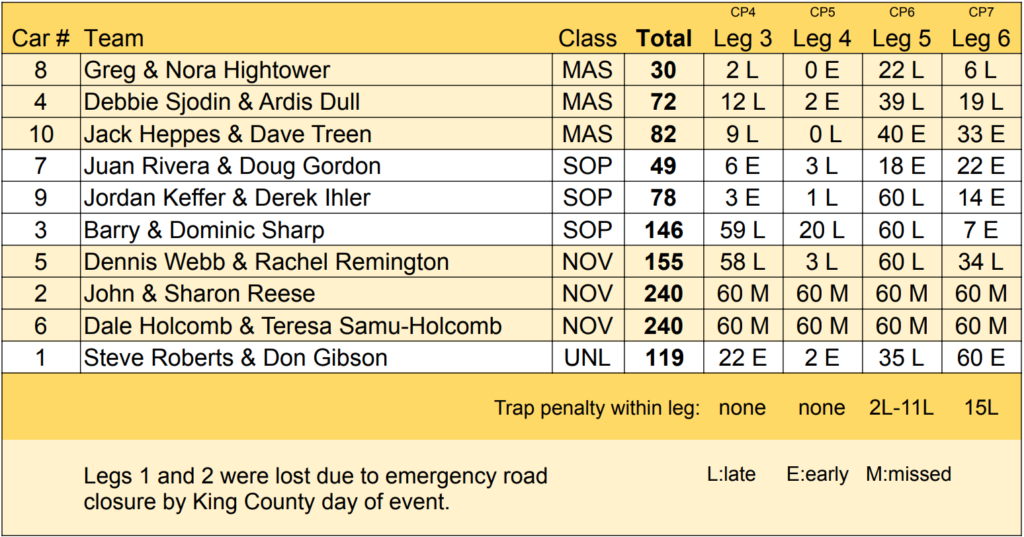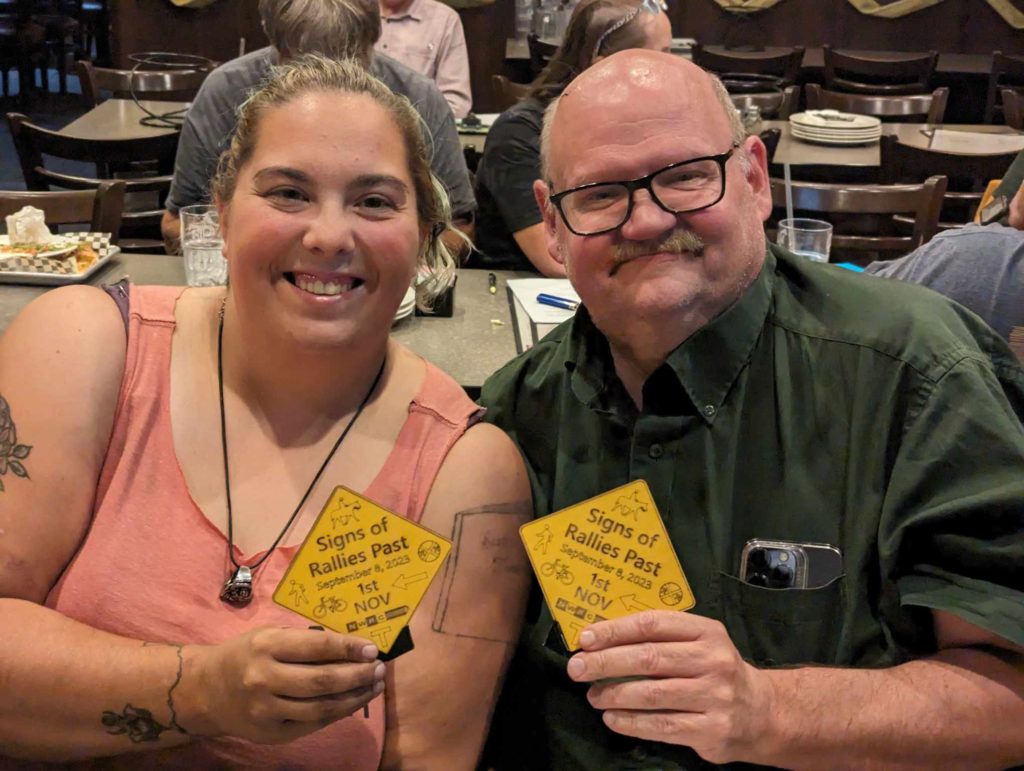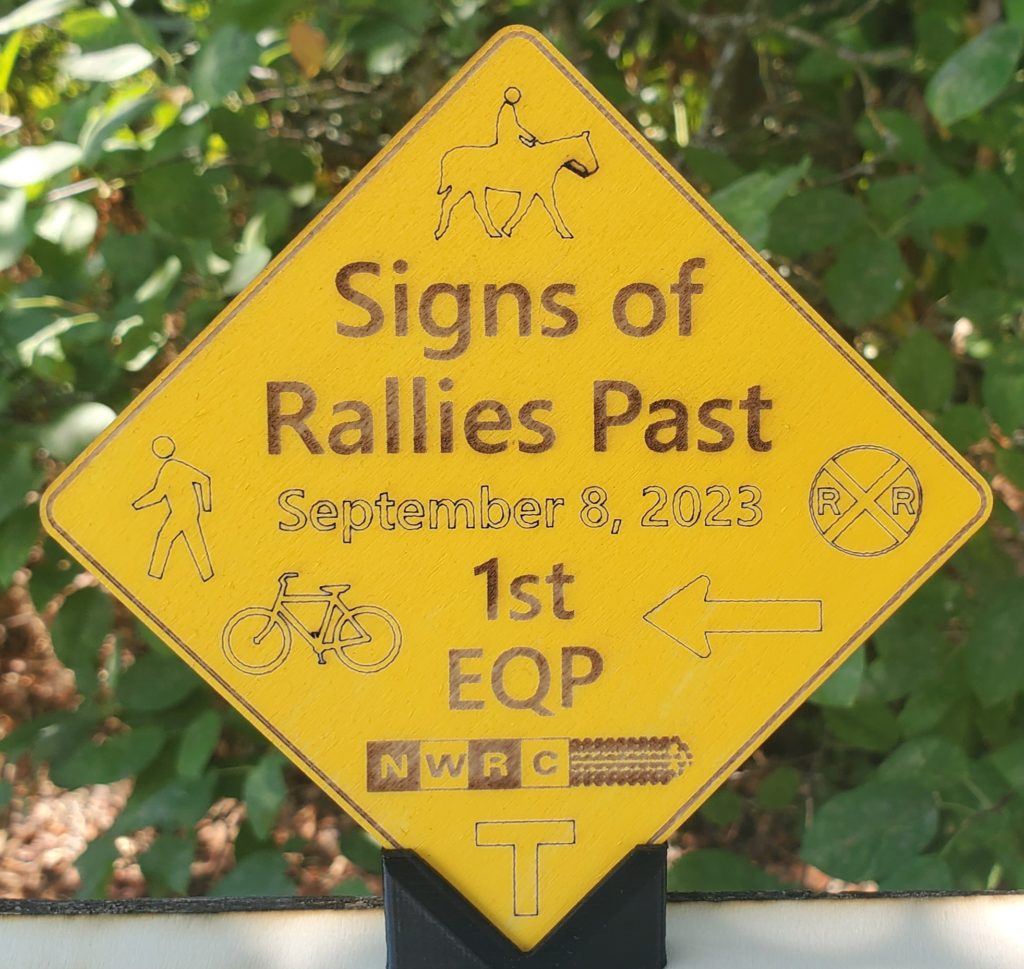If you were among the teams that entered the September NWRC Friday Nighter (9/8/23), I’d like to collect some information from you. If you are viewing the desktop version of this site, there is a LEAVE A COMMENT button at top right. If you are viewing on a mobile device, you may need to click on the title (A Poll About…) and then scroll to the down to find LEAVE A REPLY.
Your feedback is critical. We began using the Richta GPS Checkpoints system this season and everyone is still learning.
1. Do you know what a Broadcast Message is, in the context of a rally using Richta apps?
2. How was your device (phone/tablet running the Competitor app) mounted: Windshield mount? Sitting on dash pad? Hand held? On clipboard? Something else?
3. Android or iOS device?
4. Did you receive any Broadcast Message(s) during or after the rally?
If you did get one or more messages:
5. When did you receive message that adjusted NRIs to get around road closure?
6. When did you receive message amended to warn about elk?
7. When did you receive message to fix NRI 77 (adding MBCU)?







